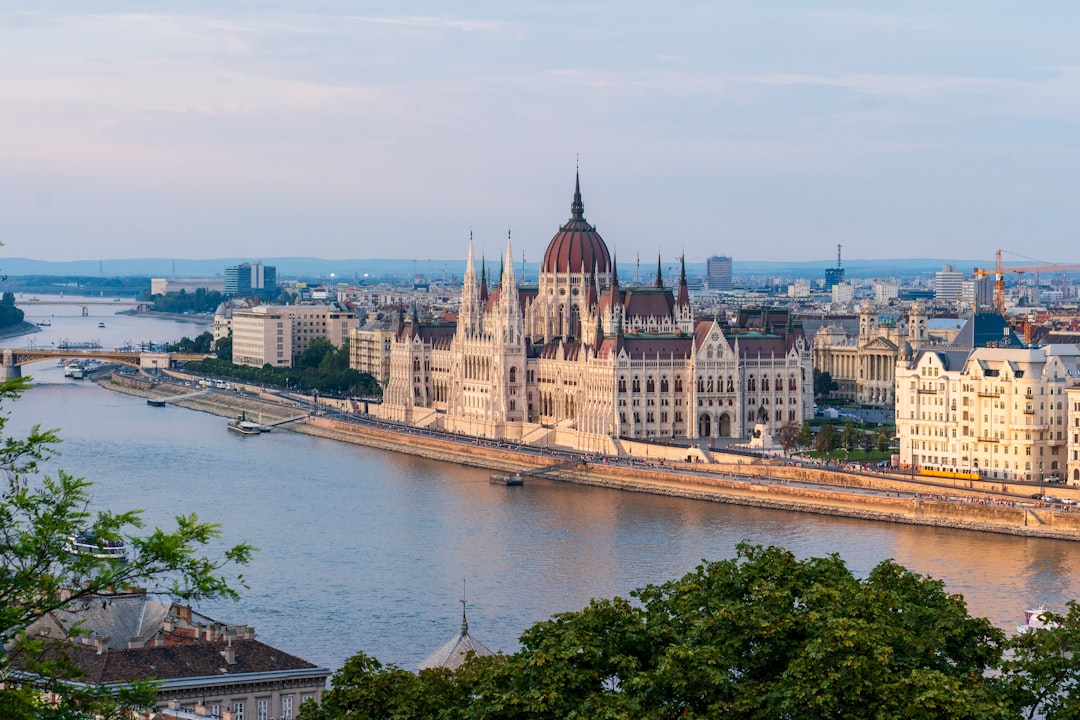Innovative Designs in Sustainable Architecture
Sustainability has become a critical aspect of modern architecture, and the use of innovative designs that promote sustainability has become increasingly popular in recent times. Architects and designers are now integrating eco-friendly and sustainable features into their building designs to create buildings that are not only aesthetically pleasing but also benefit the environment and the surrounding community. Here are some of the most innovative designs in sustainable architecture today.
Green Roofs
Green roofs are an innovative design that promotes energy efficiency and helps to combat the urban heat island effect. These roofs are covered with vegetation, which provides several benefits. Firstly, it provides insulation and can reduce heat gain by up to 90 percent, thus reducing the need for air conditioning. Secondly, it acts as a natural filter, cleaning the air and absorbing pollutants. Thirdly, they can provide a habitat for local wildlife and increase biodiversity in cities.
Bioclimatic Facades
Bioclimatic facades are another innovative design that promotes energy efficiency. These facades are designed to react to changing climatic conditions and adjust the building’s environmental impact as needed. They are made up of a series of panels that can be opened or closed to control the amount of sunlight and shade that enters the building. This means that the building’s heating and cooling needs are reduced, resulting in significant energy savings.
Passive Cooling
Passive cooling is an innovative design that relies on natural ventilation and shading to keep a building cool. Buildings designed in this way usually have high ceilings and tall windows, which allow hot air to rise and escape, while cool air is drawn in through lower-level windows. Additionally, shading devices are used to reduce the amount of direct sunlight entering the building, which helps to keep the interior cool. This approach significantly reduces the need for air conditioning, making these buildings much more energy-efficient.
Vertical Gardens
Vertical gardens are a combination of green roofs and biophilic design, where living walls are installed on the exterior or interior walls of the building. These gardens bring a touch of nature into the built environment, providing several benefits. Firstly, they absorb carbon dioxide, pollutants, and dust particles, cleaning the air around the building. Secondly, they provide insulation, which helps to reduce energy consumption. Thirdly, they create a calming and soothing environment, positively impacting the wellbeing of people in the vicinity.
Conclusion
Architecture and design have come a long way in promoting sustainability, and the use of innovative designs has played a significant role in achieving this objective. With green roofs, bioclimatic facades, passive cooling, and vertical gardens, it has become possible to create sustainable buildings that are not only energy-efficient but also aesthetically pleasing and beneficial to the surrounding environment. As sustainability becomes increasingly important in our society, architects and designers will continue to create innovative designs that promote green living and contribute to a better world for future generations.













